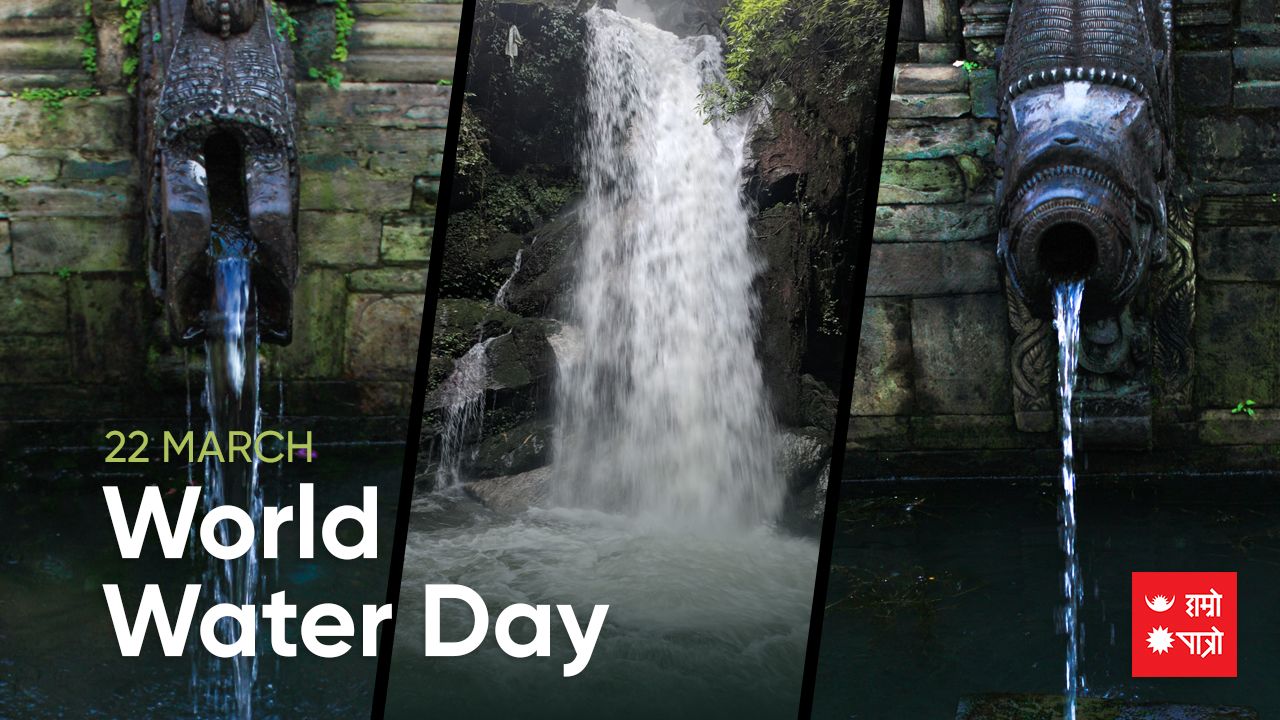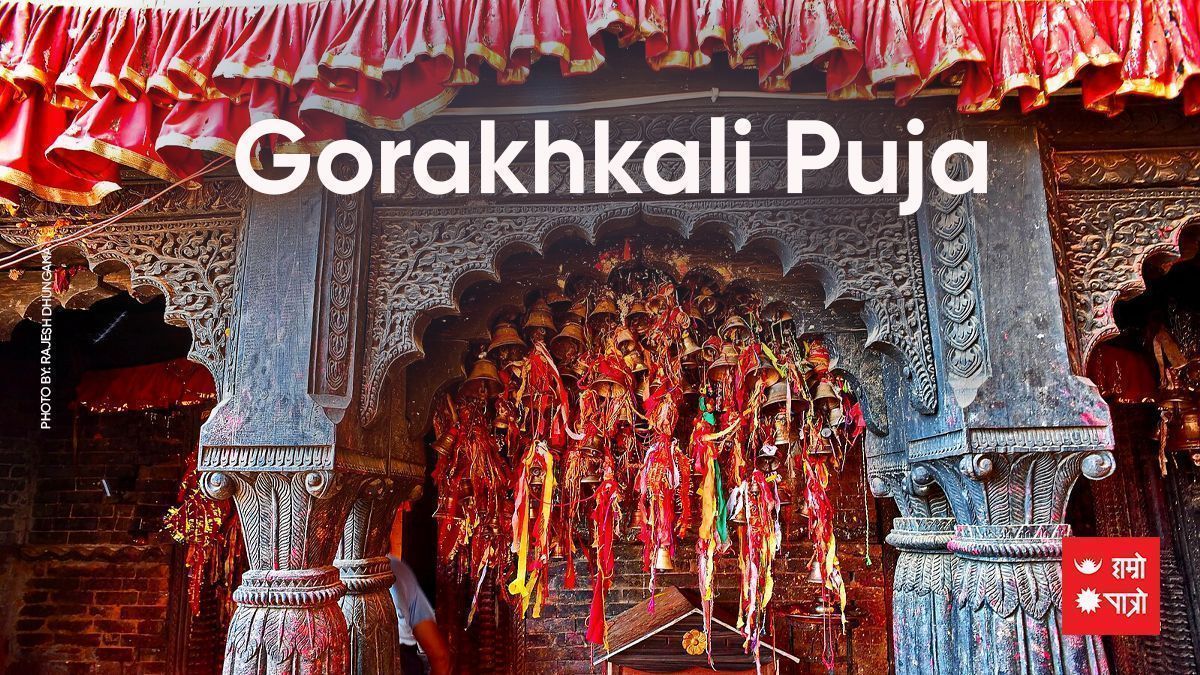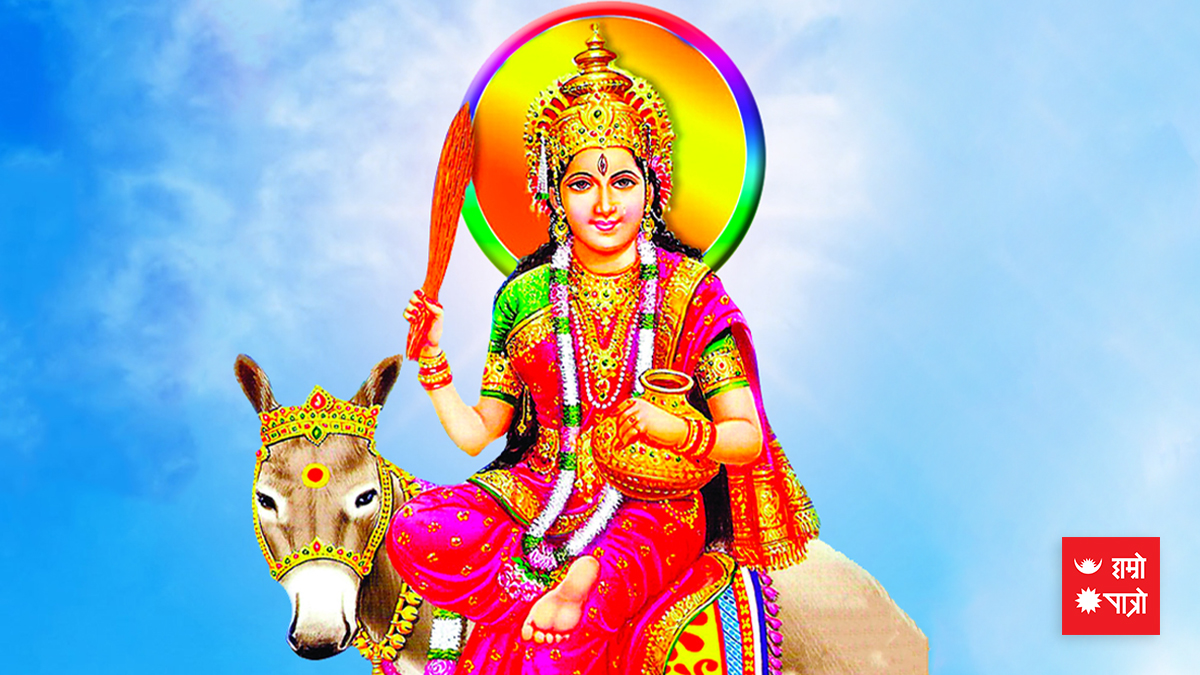
World Water Day
Background
"Without water, there is no life" — embracing this inseparable connection between water and human life, the global community observes World Water Day every year on March 22 through various awareness programs. This day has been celebrated since 1993 with the aim of ensuring the availability of safe and clean drinking water across all continents and countries.
The concept of World Water Day was established during the United Nations Conference on Environment and Development (UNCED) held in Rio de Janeiro, Brazil, in 1992. As part of Agenda 21, the framework for this day was adopted, and the first World Water Day was celebrated in 1993.
World Water Day 2025 Theme: "Glacier Preservation"
The theme for World Water Day 2025, "Glacier Preservation", focuses on accelerating action to address the water and sanitation crisis. Currently, we are significantly lagging behind in achieving Sustainable Development Goal (SDG) 6, which aims to ensure water and sanitation for all.
Even today, billions of people worldwide and countless schools, businesses, healthcare centers, farms, and factories remain deprived of safe water and sanitation facilities. Recognizing the urgent need for advocacy and action, the 2025 theme underscores the importance of preserving glaciers, which are primary sources of freshwater.
This year’s theme aims to raise global awareness about glacier preservation and its crucial role in sustaining water resources and securing humanity’s future. Accelerating change and protecting these vital water sources is essential for ensuring equitable access to safe water for everyone.
Many of our traditional water sources like wells, springs, and ponds have now been replaced by dense urban settlements. Rapid urbanization has posed a serious challenge to both water sources and water purity. On this day, these issues and facts are analyzed and discussed.
A large number of diseases worldwide are caused by the lack of access to clean drinking water. Water conservation is crucial in all sectors — environment, agriculture, health, and education — to prevent natural disasters like floods, landslides, and other water-related calamities.
Water is life, and clean drinking water is both our right and responsibility.
Let’s learn, understand, and stay aware. Our actions should align with the true essence of World Water Day.
Gorakhkali Puja
Baba Gorakh and Gorakhkali vagwati are very important in Nepali history. The meeting between Prithvi Narayan Shah and Baba Gorakh, the vomit that fell on the feet of Prithvi Narayan Shah and the auspiciousness given by Baba Gorakh to Prithvi Narayan Shah that there will be victory wherever he bows is the reason for the energy and strength of Nepal's unification.
The glory of Gorakhnath Baba, a unique devotee of Baba Machindranath, is special in the Sanatan community of Nepal, India and all over the world.
Gorkha, the district of origin of Shah dynasty kings adjacent to the name of Baba Gorakh, and Gorakhkali temple have special importance in the former royal family of Nepal. It should be remembered that in the history of Baba Gorakh, the Gorakh palace and dynasty as well as the Gorakh temple in Pashupati's mrigasthali forest and Baba's 15-year meditation there are also connected.
The Gorkha temple of Mrigasthali is in a state of neglect due to lack of protection and management.
In the Gorkha Darbar area is the shrine of Gorakhkali Devi. This Peetha is considered as the Kool Devi of the Shah Dynasty. It is customary to worship Gorkhali on Paush Krishna Ashtami. Today, a special puja is performed at the
Gorakhkali temple in Gorkha.
It has been a tradition for hundreds of years to bring Jamara to Kathmandu on Phulpati day in this Gorakhkali temple. In the post-republic years, such customs have not been given much attention, although the importance of Baba Gorakh and Gorakhkali Devi in the protection of Nepalese land has been incomparable.
Nepali people need more blessings from Baba Gorakh and Gorakhkali Devi to protect cows.
Gorakh Sandesh (Message)
Gorakh message
Guru Gorakhnath says - "The journey of the temples and shrines is Suno Yatra" meaning the pilgrimage of the temples etc. are spiritually meaningless, equal to zero, soulless – unless we are able to spread love to every being in this cosmos.
देवल जात्रा सुंनि जात्रा, तीरथ जात्रा पाणीं ।
अतीत जात्रा सुफल जात्रा, बोलै अमृत वाणी
Yes, the role of temples is very important in terms of religion and culture, but if there is a pilgrimage but there is no faith, there is no emotion and there is no devotion, then what is the use of just doing a "deval pilgrimage"? Do not worship people who worship idols! Run to temple but can't make the house a temple! Worshiping the deity of the temple but unable to awaken divinity in himself! Offering fruit, offerings, etc. to the deity made of stone in a small area and complex, but not accepting that the divinity resides in every human, animal and bird! And unable to serve! Seeing such religious pretentiousness, Guru Gorakhnath made a sharp satire in Khadi language (Prakrit language, folk language, rural language). Glory be to Baba Gorakhnath and Gorakhkali Bhagwati forever.
Infinite love of Gorakhkali Puja.
Shitalaasthami Vrata
In the months of Chaitra, Baishakh, Jyeshtha, and Asar, on the eighth day of Krishna paksha, the fast of Shitala Ashtami falls. The Shitalashtami fast, which invokes and worships Shitala Bhagwati to protect oneself from the effects of natural calamities and diseases, has its significance and achievement.
In almost 365 days of the year, every day is a unique celebration with spiritual and religious significance. Many important tithis and dates are disappearing in the Sanatan civilization, which is full of excitement and special worship. Hamro Patro, the most downloaded mobile application in Nepal, has been defining these days of eternal civilization through technology.
The Shitalashtami fast is also called Basauda in the Terai region and Basera in the Kathmandu Valley. This summer fast is specially worshiped to ward off wounds and dizziness. It is believed that the stove should not be lit in Vratalu's house on this day, so it is customary to make offerings and prasad one day in advance and offer them to Sheetla Bhagwati the next day.
The Vrata Mantra
वन्दे,हंशीतलांदेवीं रासभस्थांदिगम्बराम्॥
मार्जनीकलशोपेतां सूर्पालंकृतमस्तकाम्॥
The meaning of this mantra is (I worship Bhagwati Sheetala, who is sitting on the back of a donkey, Digambar, holding a broom in her hand, and holding an urn, carrying a nanglo on her head).
Good luck to everyone on this fast. Take care of yourself next summer.
-Suyog Dhakal
Liked by: